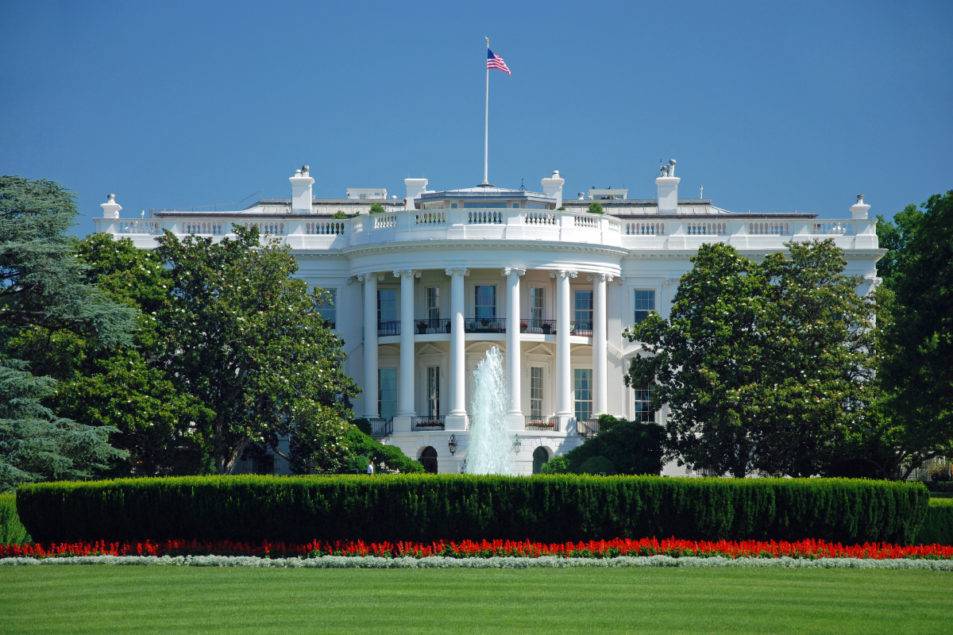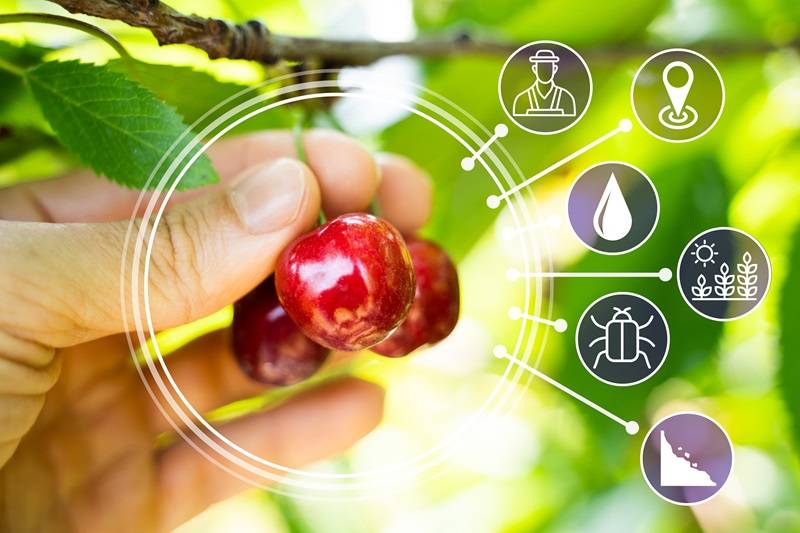The recent US election has brought about a decisive winner, but the potential impact of a second Donald Trump administration on the agriculture industry remains uncertain. While agriculture was not a focal point during the election, Trump’s plans to impose tariffs on imports have raised concerns within the agriculture industry about potential retaliatory measures from other countries.
According to a report from Rabobank titled “Trump 2.0: Impacts on Global Food and Agriculture,” the return of Trump and the resulting policy shifts could create a complex landscape for global food and agricultural trade. The report highlights potential disruptions to established trade relationships, shifts in export demand, and rising costs for consumers and businesses. These changes could impact inflation, consumer behavior, and international trade dynamics moving forward.
Trump’s proposed tariffs on imports, particularly from China, are expected to lead to retaliatory measures from affected countries. The report suggests that these measures, combined with the strength of the US dollar, could have a negative impact on US food and agriculture exports. The severity of this impact will depend on the breadth and ultimate tariff levels applied in the US.
Looking back at Trump’s first term provides some insight into what the future might hold. As a second-term president, Trump is not constrained by re-election concerns and is expected to be more assertive with his policies. Trump’s nomination of former aide Brooke Rollins to lead the US Department of Agriculture reflects his commitment to his public policy agenda.
The National Grain and Feed Association has expressed optimism about working with the second Trump administration once the team is in place. Key issues such as tax reform, trade, and immigration are expected to be early priorities for the administration. The impact of trade policies on agriculture, especially in relation to China, remains a major concern for the industry.
The uncertainty surrounding US-China trade relations has implications for the global agriculture market. Brazil could benefit from an escalation of the US-China trade war, while Europe, Africa, and Southeast Asia may experience limited negative impacts depending on trade disruption levels. The potential for increased tariffs and trade conflicts could reshape global trade dynamics.
In Europe, tariffs imposed by the US could have varying impacts on different products. European exporters may need to adjust their strategies in response to changing trade policies. A stronger US dollar and decreased competitiveness in global markets could benefit Australian and New Zealand exports, while countries with large trade surpluses with the US may face economic pressure.
Overall, the agriculture industry is bracing for potential changes under a second Trump administration. The impact of tariffs, trade policies, and global market dynamics will continue to shape the future of agriculture both in the US and abroad. Building strong relationships, adapting to changing market conditions, and closely monitoring policy developments will be crucial for navigating the uncertain terrain ahead.




